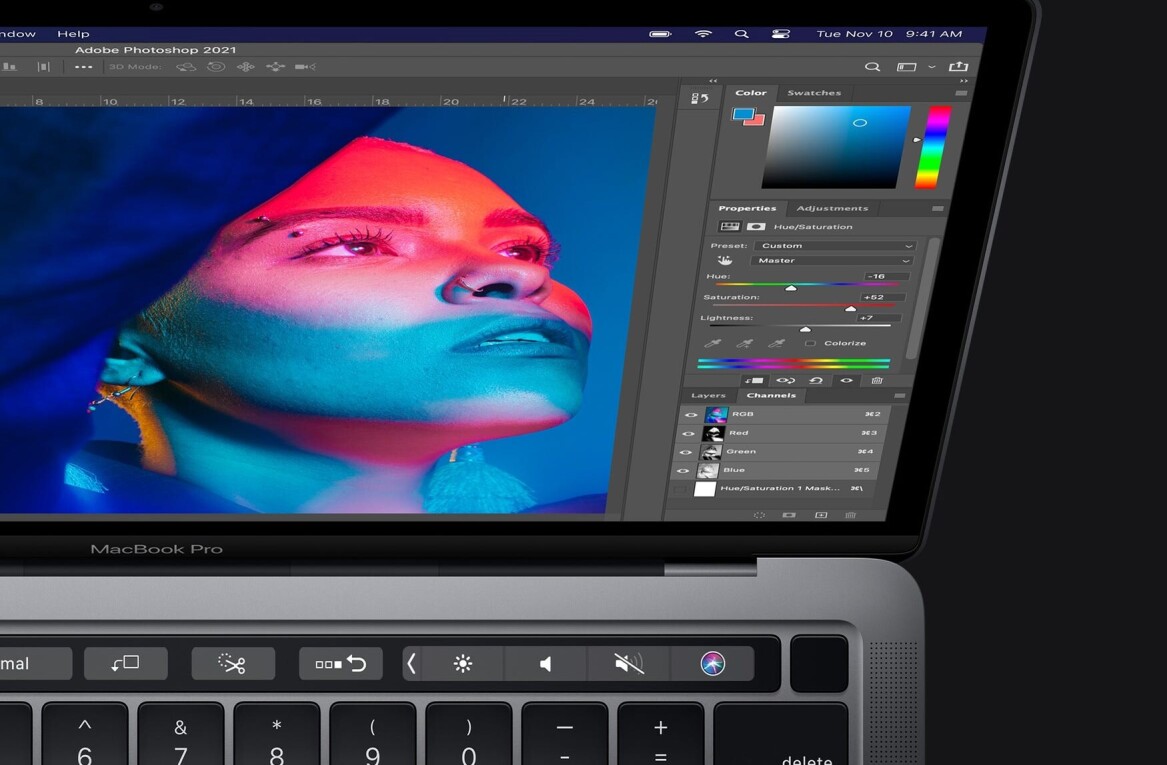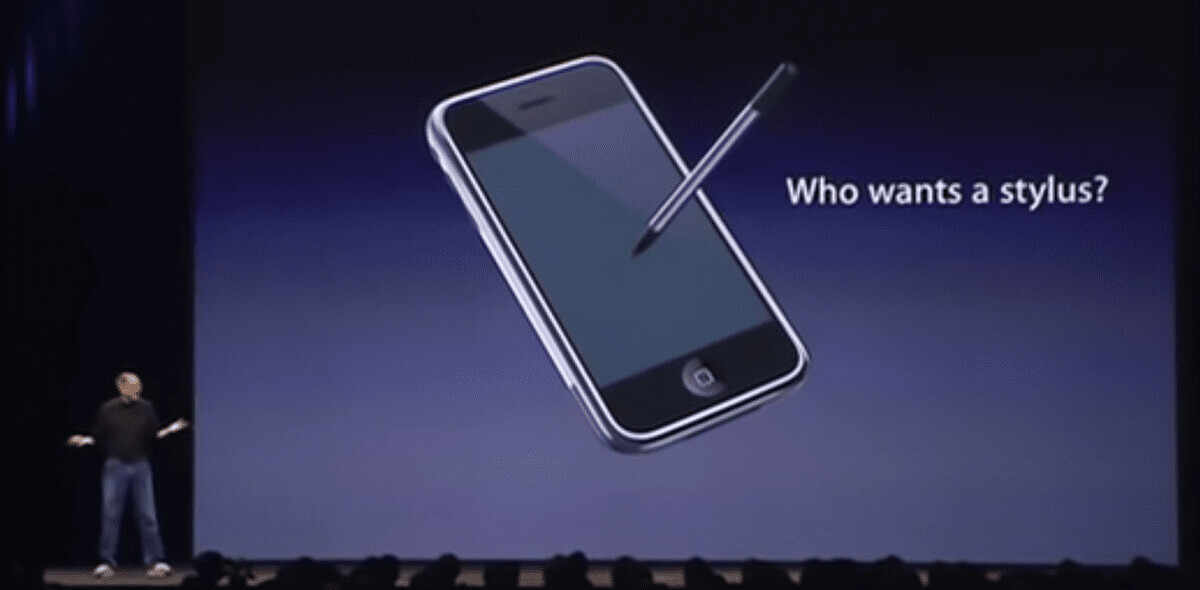
If you’d like a definition for irony, then this anecdote might be a good place to start. We all know that Apple Chairman Steve Jobs has famously refused to allow Adobe’ Flash player to be installed on devices like the iPad and iPhone because of the poor performance of the software.
Though Adobe has sworn up and down that it is due to Apple’s anti-competitive nature, there has yet to be a mobile device from any manufacturer that runs flash flawlessly.
But Adobe didn’t even start out as a software company. In the book Inside the Publishing Revolution by Pamela Pfiffner, there is an interesting story about the early days of both Apple and Adobe.
When it was launched in 1982 it was a hardware company with two employees, John Warnock and Chuck Geschke. They were out to build the best printer anyone had ever seen, powered by Warnock’s fantastic new PostScript software and using the then-exotic laser printing engine.
At nearly the same time, Apple was hard at work on what would become the LaserWriter, the first widely available mass-market laser printer. But Apple’s team had a problem, the software that they had wasn’t up to the task of producing crisp, well scaled text at 300ppi. They had insanely great hardware, provided by a partnership with Canon, but no software to run it.
So when Steve Jobs was told that Warnock and Geschke were also working on a printer, he got in contact and was invited over to take a look. The demonstration of PostScript knocked his socks off and he knew he had to have it. “We were the first ones in the U.S. to have the Canon laser printer,” Jobs told “When we went over to see John and Chuck, we could quickly see that our hardware was going to be better than theirs and that their software was more advanced than what we were working on. I was simply blown away by what I saw.”
The book goes on to explain how Jobs saw the value of PostScript and how silly it was for Adobe not to be pursuing the software side of its business. Some time in 1984, Jobs took a meeting with Warnock and Geschke that changed modern publishing forever.
Over breakfast at a Cupertino health food restaurant, he proposed that Adobe license its technology to Apple for inclusion in a 300-dpi Canon-equipped laser printer driven by the Macintosh. According to Geschke, Jobs told them: “I don’t need the computer. I don’t need the printer. I need the software.”
This time the duo took notice. “If someone keeps saying, ‘You have a business here,’ and it’s not the business you’re doing, then it’s time to change your business,” Geschke says now. Jobs says, simply, “I convinced them to drop plans to be a hardware company and be a software company instead.”
In typical Jobsian fashion, Steve managed to get what he wanted, Adobe’s PostScript, produce a revolutionary product and also lay claim to the choice for Adobe to pursue software like PostScript, Photoshop and eventually, through an acquisition of Macromedia, Flash.
Yes, it’s completely possible that Adobe might still have acquired Macromedia and be producing Flash today if this meeting had never happened. But it’s just as likely that Adobe would have continued on its path as a hardware company instead, never needing to purchase an animation software company.
It’s also interesting to note that, although Apple and Adobe have had their share of animosity lately, they have traditionally been close partners in their roles as the facilitator of modern publishing. Warnock, especially, was a kindred spirit to Jobs. Jobs speaks fondly of Warnock in the book:
I would have trusted him with my life, and I think he trusted me, It was a good personal relationship even though we didn’t always agree on everything.
We always felt that Apple should stand at the intersection of art and technology, and John felt the same way about Adobe. The Mac was the first computer that was commercially available with a graphical user interface. We were doing typography on the screen, while with PostScript Adobe was doing type on the printed page. John had a developed aesthetic sense, too. We meshed together well.
Regardless of the way that Apple and Adobe have clashed over Flash and other matters in recent years, it remains a fact that modern publishing wouldn’t be the way it is without Adobe contributing PostScript to the hugely important LaserWriter. As Jonathan Seybold put it, “You’ve just turned publishing on its head. This is the watershed event.”
Lets hope that Adobe and Apple find a way to work well together again, who wouldn’t want more magic like this?
Get the TNW newsletter
Get the most important tech news in your inbox each week.




